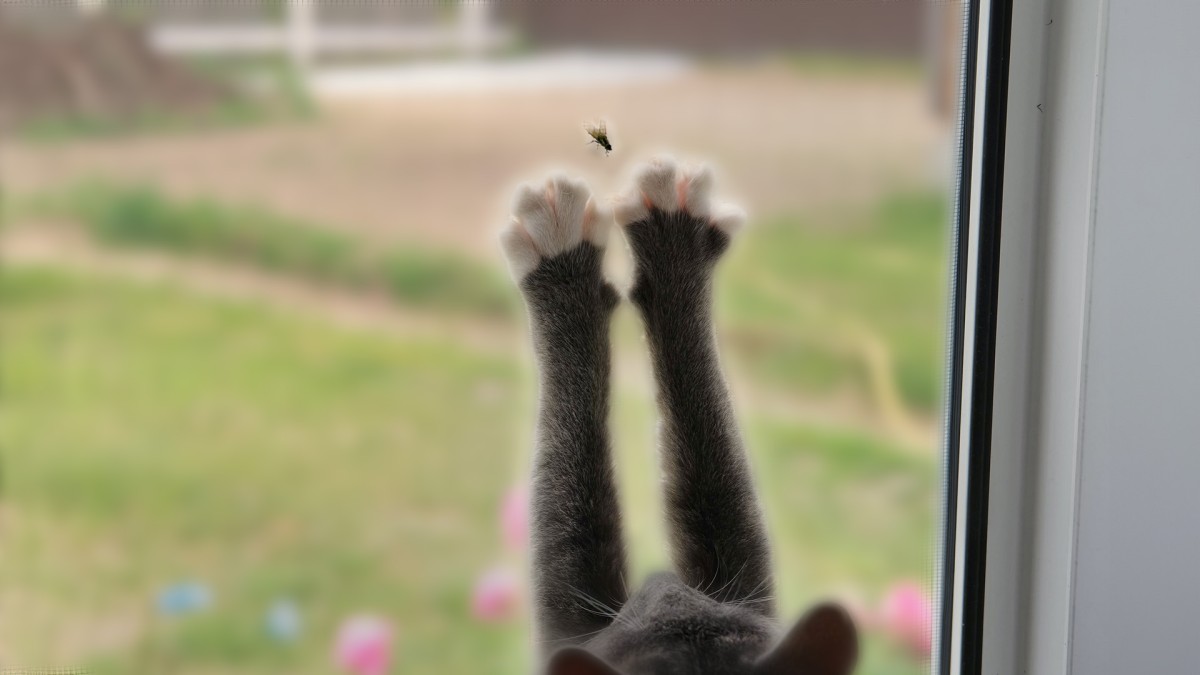Dealing with flies and other bugs this summer

Dealing with Flies and other bugs with Ventilation
Few things are worse than going to bed after a hard day at work and hearing a soft bzzz as a mosquito zips around your room. It’s often just loud enough to be annoying, but not quite loud enough that you have to get out of bed.
There are several simple and effective ways to deal with flies and other bugs over summer, but one of the less well-known solutions is proper home ventilation. Want some help dealing with flies and other bugs this year? Book a free home assessment today!
But how exactly can ventilation help deal with flies and other bugs around your home?
Keep bugs out by closing windows, but with none of the downsides.
Shutting your windows is the obvious answer to keeping bugs outside but doing that can sometimes make your home feel less like a house and more like an oven. Obviously, this isn’t particularly pleasant, which is why you need something to fight the overheating.
A ventilation system adds fresh air to your home, bringing fresh (and usually cooler) air into your home to fight overheating, while still keeping the physical barrier between you and all those annoying bugs. Note - windows are often not enough to fight overheating, particularly in newer homes. For more information check out our Summer Ventilation page here.
Turn your home into an insect desert by reducing humidity:
Bugs, like humans, find certain humidities more comfortable to live in. For some bugs, like cockroaches, dust mites, and various lice, that humidity level is quite high. This is because most bugs lack the ability to efficiently store water, forcing them to rely on moisture in the air to avoid dehydration.
What humidity levels are comfortable for bugs?
- Cockroaches: 50-80% RH
- Dust mites: 50-75% RH (ideally above 25C)
- Fleas: 70% RH (if you have pets!)
- Centipedes: 80-90% RH
- Silverfish: 75-95% RH
For reference, a comfortable indoor humidity for humans is around 40-60%, although some people might be comfortable outside of this range.
So how exactly does ventilation help you deal with bugs? If you lower indoor humidity enough (something a ventilation system can help with), you can kill many bugs outright and convince the survivors to go live somewhere more comfortable. This is a win-win, as lower humidities tend to be much more comfortable (and healthier) for us too!
If you need an explainer on how ventilation reduces humidity, check out our blog post here
Make your home seem less inviting by removing odours:
Many bugs, like flies, have an exceptional sense of smell. According to the university of North Dakota blowflies can smell decaying flesh from 12km to 16km away!
The best way to stop fly attracting odours inside your home is to seal your rubbish and take it outside, but a ventilation system can help remove any residual smells. This ensures that other sources of fly food, like your neighbour's dogs' business, are much more interesting to bugs than anything inside your home.
But why not just use your heat pump?
The simple answer is cost. Heat pumps can be expensive to run, particularly when trying to keep your home cool over summer. On the other hand, a ventilation system is designed to run continuously all year round for a slightly lower cost than your fridge.
The more complicated answer is that they do different things. Heat pumps only recirculate tempered air, whereas a ventilation system brings fresh air in from outside. This means that most heat pumps won’t remove odours as effectively. For that matter, heatpumps in winter also won’t remove moisture unless you want to further cool your home.
Just remember, a ventilation system is only designed to bring fresh air inside, equalising indoor and outdoor temperatures, not heating or cooling your home. If there are extreme outdoor temperatures, ventilation AND heating or cooling will be required (see our MVHR page for more information).
At the end of the day, a ventilation system won’t kill that annoying mosquito buzzing around inside, but it can help reduce the number of new ones that find their way inside. Make sure that you use other best practices to fight the number of bugs in your home, like keeping a clean and tidy environment, as well as covering any food.
Want a more comfortable home with less bugs inside? Book a free home assessment here!
Sources:
https://blogs.und.edu/und-today/2022/06/a-little-fly-told-her/
https://redinational.com/what-role-does-humidity-play-in-cockroach-allergen-proliferation/
https://www.miteguard.co.nz/pages/dust-mite-allergen-information
https://www.petcarerx.com/article/what-temperature-do-fleas-flourish-in/154
https://www.sciencedirect.com/topics/immunology-and-microbiology/centipede
https://paynepestmgmt.com/what-attracts-silverfish/